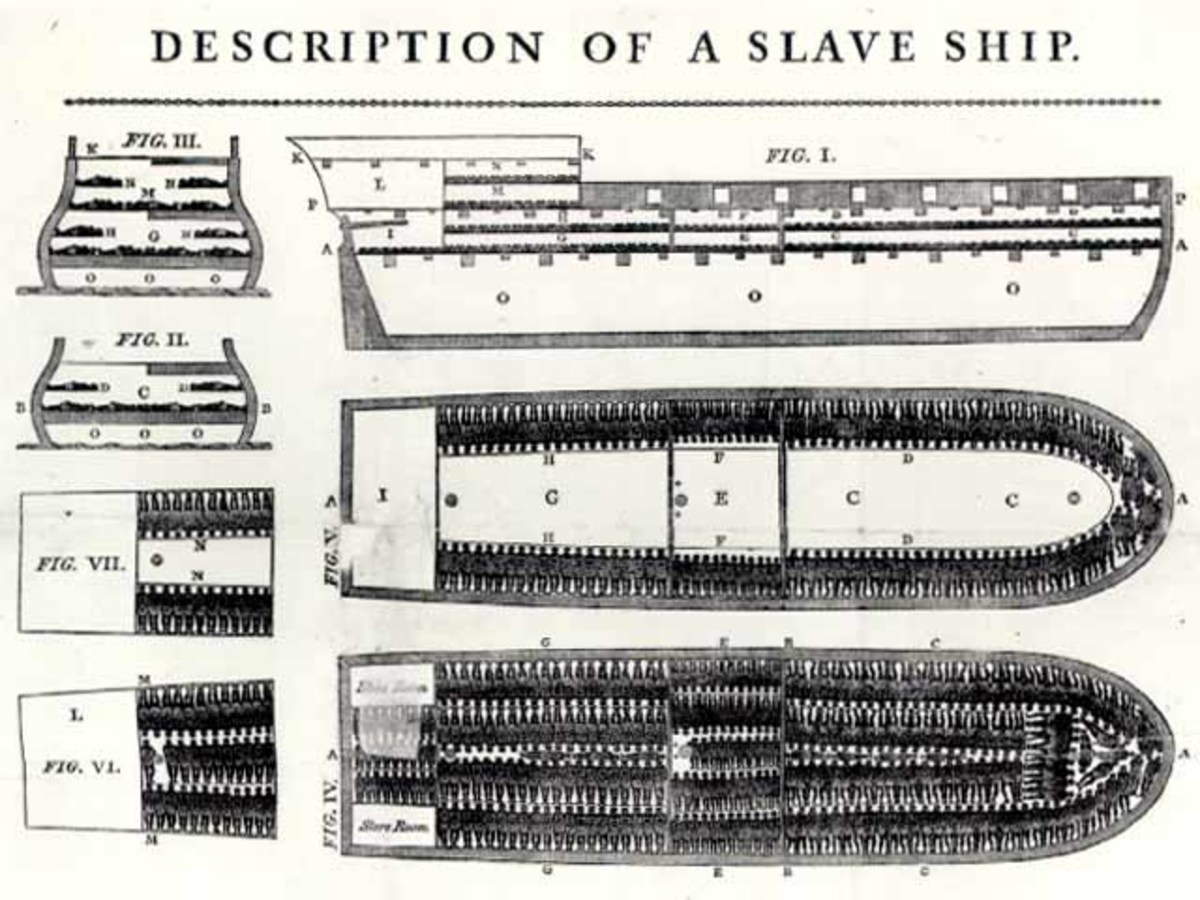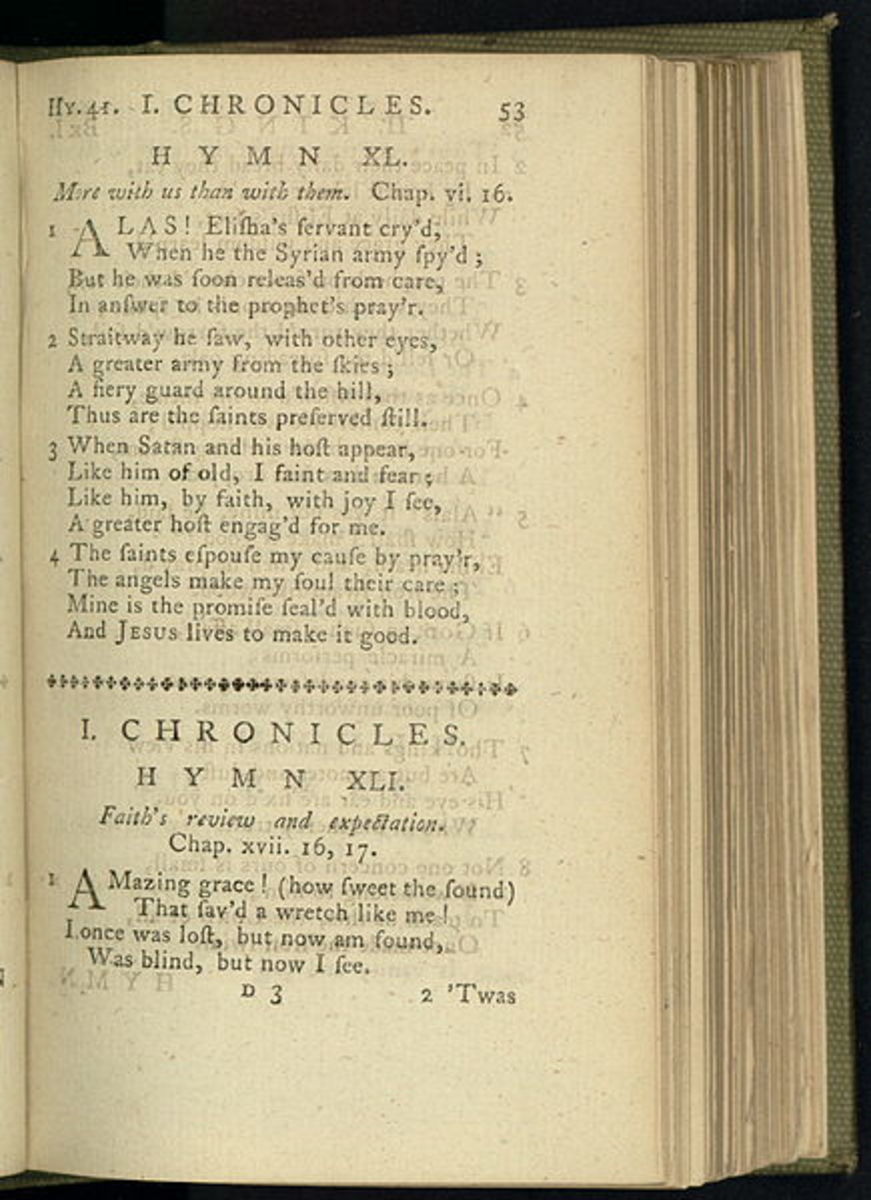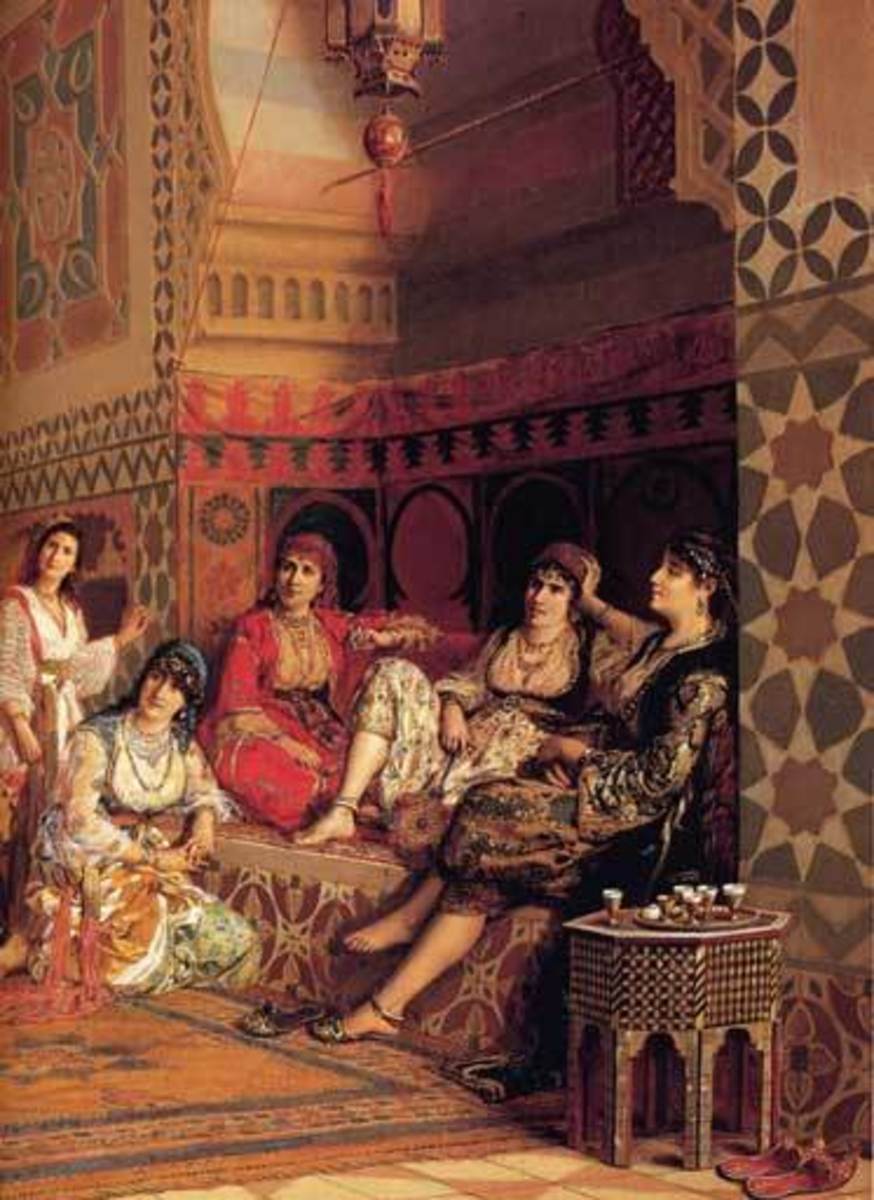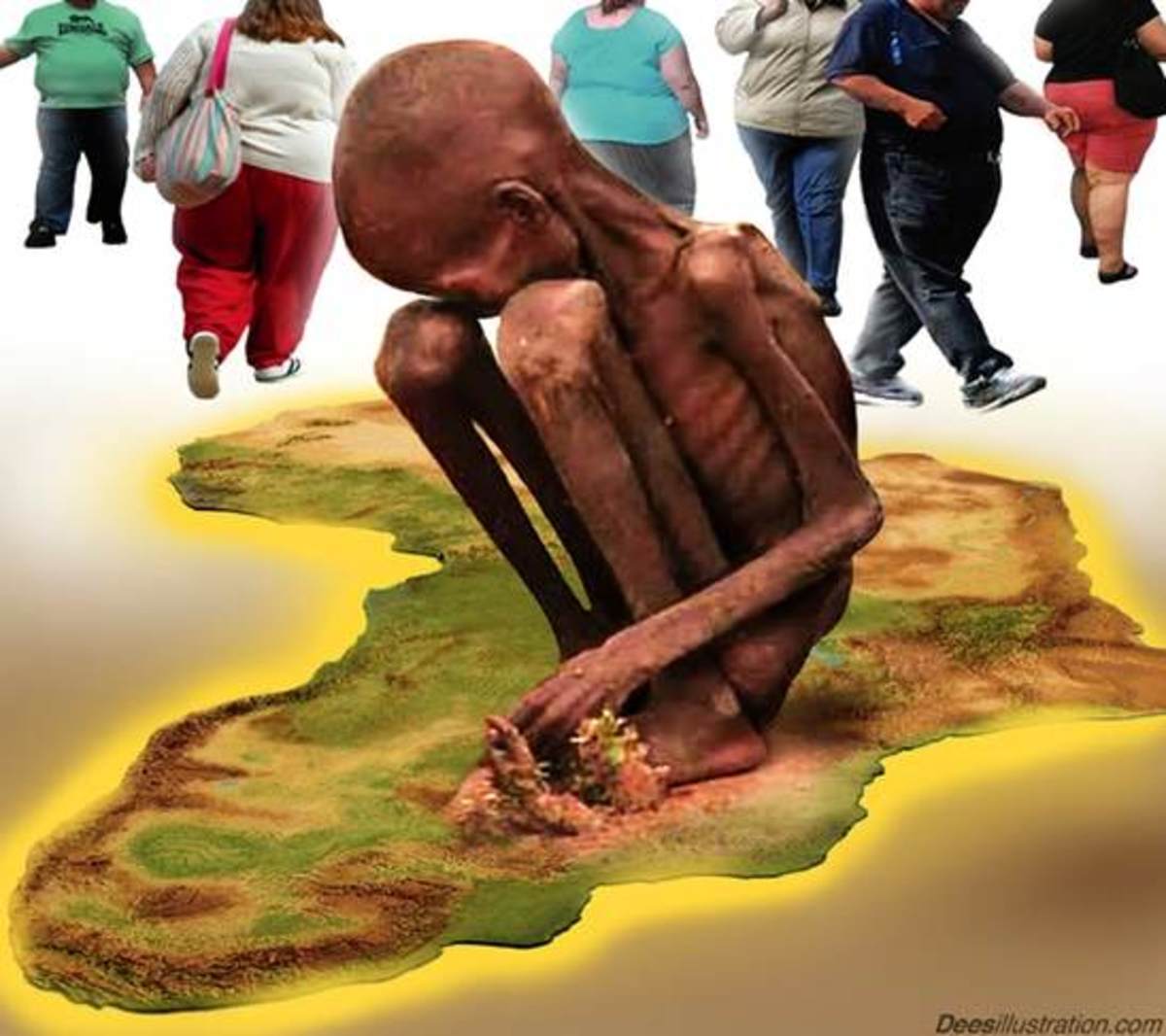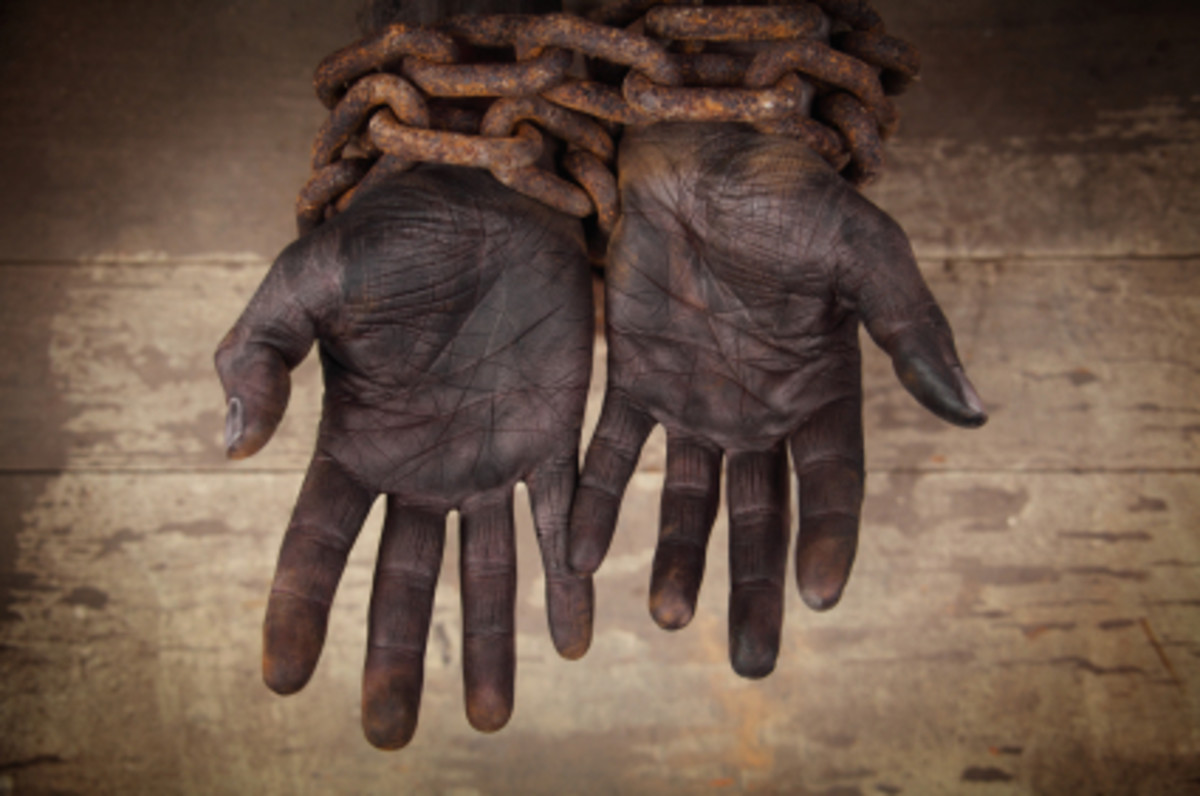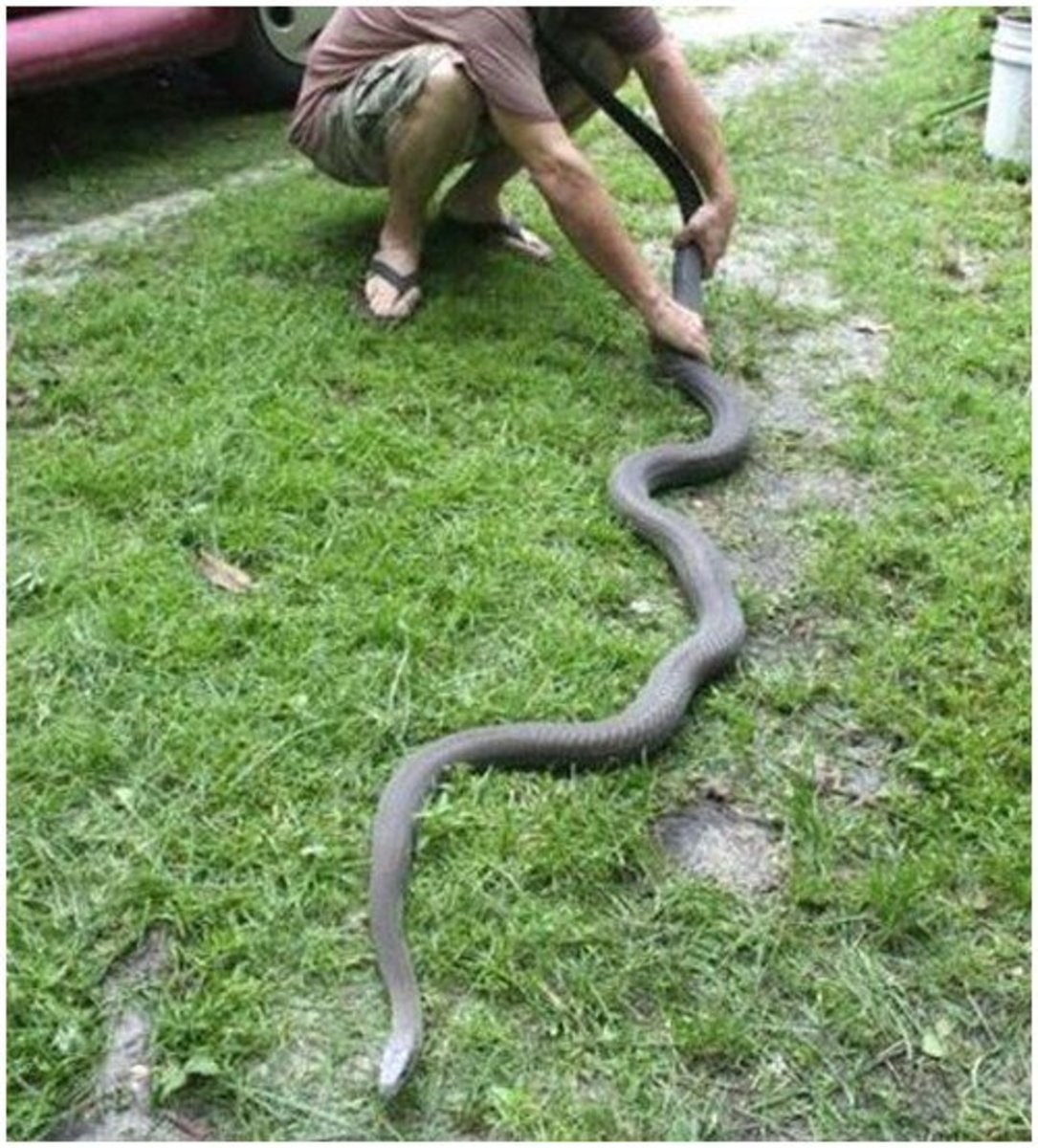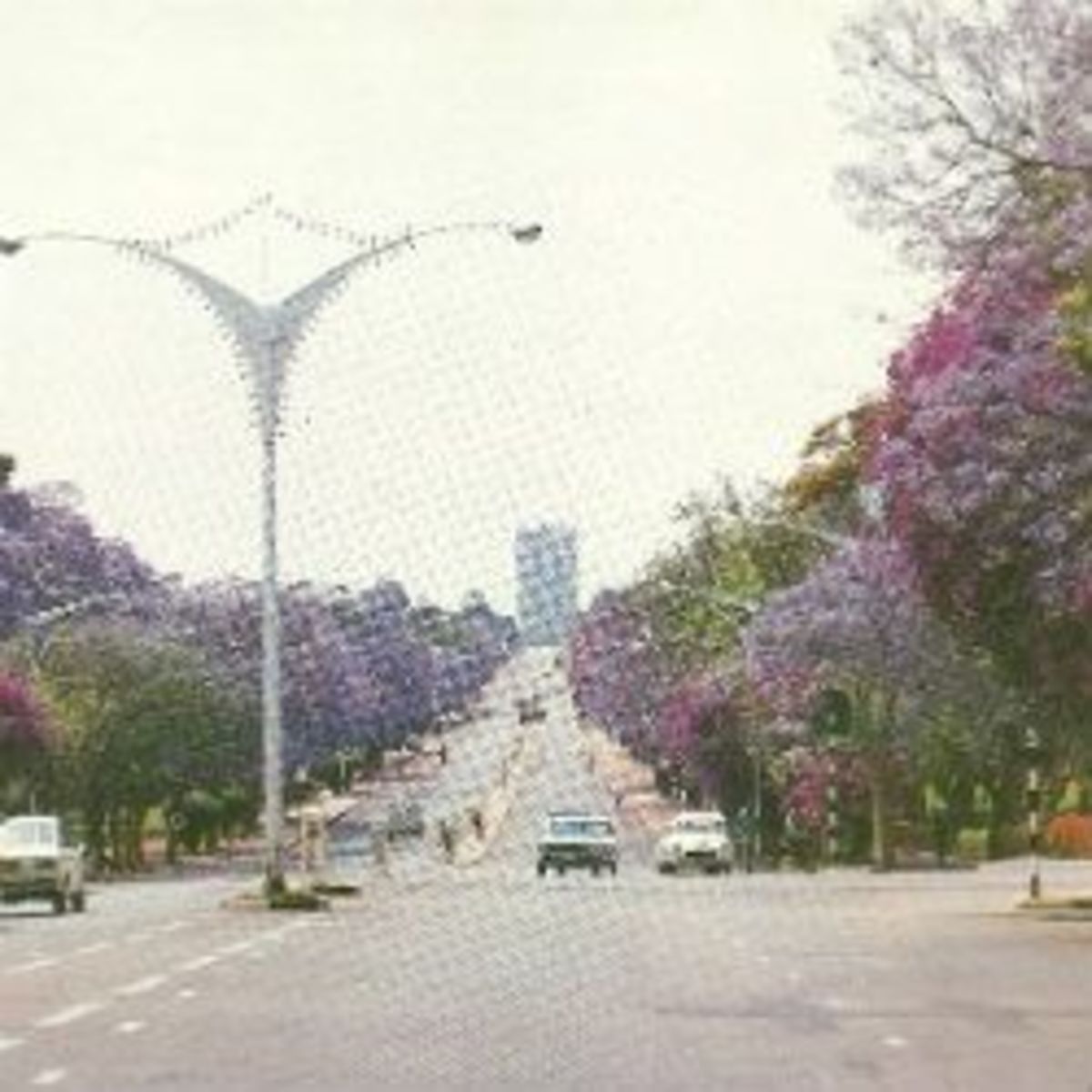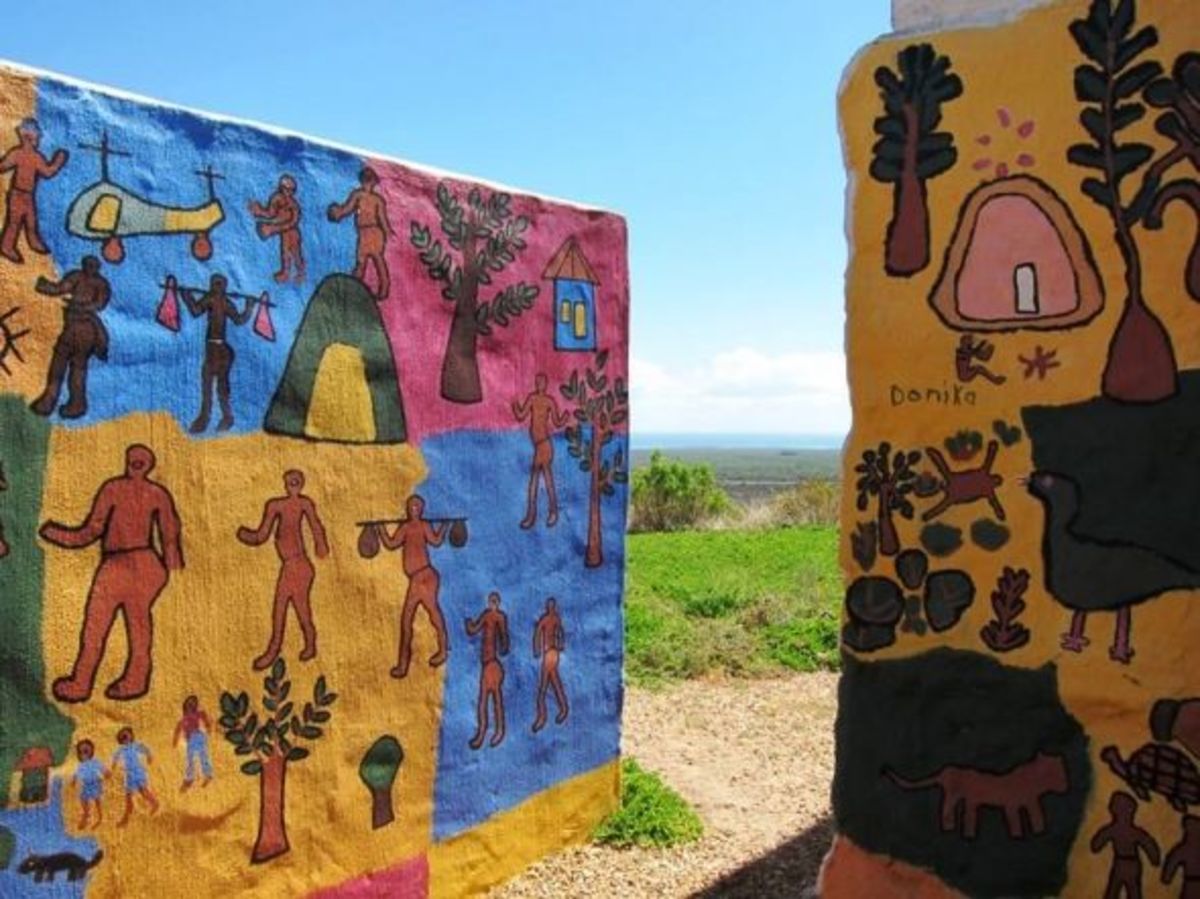- HubPages»
- Travel and Places»
- Visiting Africa»
- Travel to Western Africa
Visiting the Slave Castle in Cape Coast, Ghana
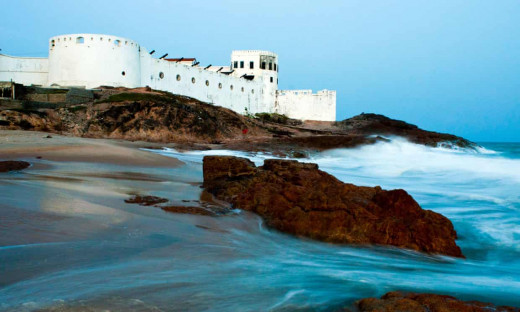
The Slave Trade
The African slave trade is one aspect of the history of America and Africa that echoes even now. There is still a racial divide and despite all talk and integration in America, it has not gone away completely. The slave trade is a fact. Hundreds of thousands of African young men and women were transported across Africa to almost 150 Forts on the west coast. They were trapped there and transported across the Atlantic to America.
The African slave trade is a little peculiar as the conduit for the supply of the slave were the blacks themselves. The greatest demand was for young and study men and young girls. In the 21st century, it is difficult to imagine that something like an African slave trade in Negroes existed. Yet, this is a fact of history and at least 150 forts dot the African West coast.
One of the forts which I had the privilege to visit is located at Cape Coast in Ghana. This is a medium-sized country on the west coast of Africa. Ghana is famous for a man called Dr. Nkrumah who at one stage along with Nehru and General Nasser formed a triumvirate for leadership in the third world and the non-aligned nations.
The fort on the west coast was the recipients of young African men and girls from the interior of Africa. This trade was a little peculiar because the conduits for conducting this trade were the Africans themselves. The black young men and women were handed over to white traders who transported them to castles like the one at Cape Coast in Ghana. There were almost 150 such forts along the Atlantic coast.
I have visited the Castle in Ghana. Before I write anything further I must make a statement here that the slave trade in African slaves to America was condoned by the church. There is no getting away from this fact.
Cape Coast
One of the most important forts in this nefarious trade was the fort at Cape Coast in Ghana. The fort is about 90 miles from Accra, the capital of Ghana. One can easily reach it. A tourist can take a conducted tour or a taxi. You can even take a bus from Accra. The road is not up to the mark but then it's a connecting road and it takes you to a place of great historical importance.
This fort was the lynch-pin of the slave trade. It was the most important fort in the region. It is now declared a heritage site and one will require a couple of hours to see the fort completely. The Fort overlooks the Atlantic Ocean and is an imposing structure
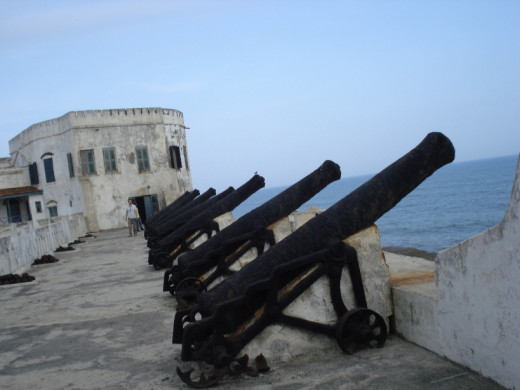
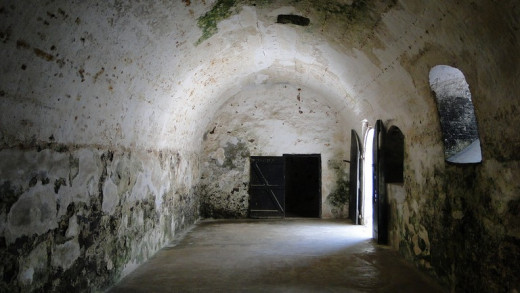
History of the Fort
The fort was built in 1665. That's a long time back and it remained active for almost 150 years till 1807. The fort was in active use up to the middle of the 19th century. Even after that, there were some cases of African men and young girls being herded in the fort for transportation to America.
The fort was originally built by the Swedes for the timber trade. Africa had pristine forests and the Swedes and other Europeans used the fort for storing the timber. The structure was taken over by the English for the slave trade. It is an irony of history that the English and other European powers that brought in Christianity also introduced slavery and enslaved the black man. The Cape coast fort has a chapel as well, where the fort administrators prayed while the slaves were kept herded in dungeons below the ramparts. The chapel was right in the heart of the Fort over the dungeons that housed both young men and women.
The men and women were kept separate and the young girls would be taken out and their virginity taken and then transported across to America to breed. I remember reading a particular case of a farmer in the south who started with two women slaves and by repeated copulation, with them and their offspring increased the population to over a hundred.
Description of the Fort
The fort at Cape castle to my mind is pretty ordinary. It is not an ornate fort like the ones we see in India. This looks more like a makeshift arrangement. The dungeons are preserved even today. Just for the record President Obama and his wife Michelle had visited this fort in 2011. He was shown the fort and the four dungeons for men and two for the woman. The men's dungeons were bigger than the woman's and could house 300 slaves while the women housed 150 each. A known fact was the younger women were taken out of the dungeons for sexual pleasures of the traders and the soldiers. It was a terrible existence.
The slaves were transported from the interior of Africa by Headmen and village elders to the coastal forts. They were then imprisoned in the dungeons and men and women were separated. The duration of the stay of the slaves was about 4 to 6 weeks. They stayed in the dungeons till a slave ship came along and then they were taken to one corner of the dungeon from which there was an exit. They entered the hold of the ship directly for a one-way voyage across the Atlantic to America.
One significant factor was the involvement of the tribal chiefs, who had a big hand in this. They actively helped the white slave traders with young men and girls.
Another aspect brought out by the guide to the fort was the church actively supported the slave trade and white priests read out sermons to the black slaves who were kept chained every day. For the life of me, I cannot imagine how the padres could read out sermons to the Black men and women who were kept in chains in the dungeons. Perhaps these so-called priests did not have any conscience.
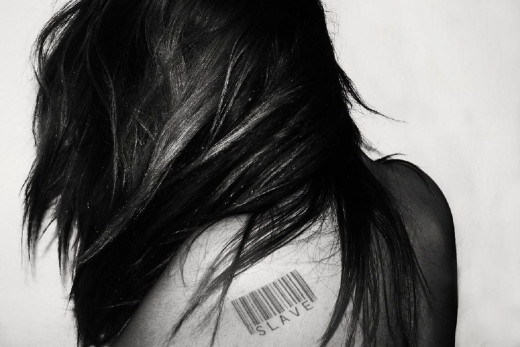
Last Word
The slave trade may be dead and gone and so are the slave ships. I recollect that one slave ship the Zong is kept in the Thames in London, as a museum. The government of that Ghana in 1998 decided that first August every year will be treated as emancipation day. This has been recognized by the UN.
In hindsight, one can see that the racial strife where the black man in America is more prone to violence compared to the white man has its roots in the transportation of the slaves against their will to service the white man either as a worker or for the gratification of physical needs. Another aspect of this trade is something which I'm not able to understand as to how God-fearing men could trade men like cattle and worse how could the church condone it.
A small statistic may interest readers. Upwards of 12 million slaves were shipped out of Africa to supply labor to the New World, and several million died along the way. It stands as one of the greatest migrations---although a forced migration---of humans ever in history. Close to a million would have passed through Cape Coast.

